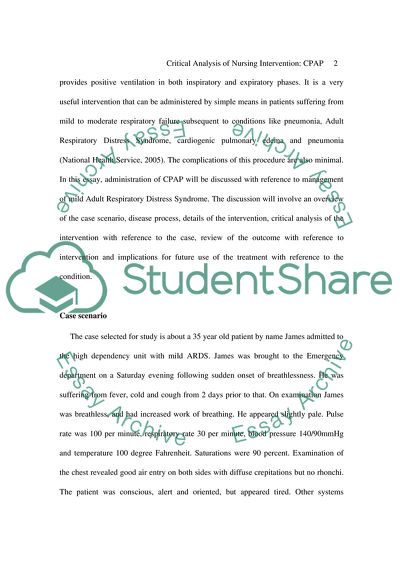Cite this document
(Critical Analysis of Nursing Intervention: CPAP Case Study, n.d.)
Critical Analysis of Nursing Intervention: CPAP Case Study. Retrieved from https://studentshare.org/nursing/1728517-critical-analyses-of-the-use-of-cpap-in-a-high-dependency-care-ward
Critical Analysis of Nursing Intervention: CPAP Case Study. Retrieved from https://studentshare.org/nursing/1728517-critical-analyses-of-the-use-of-cpap-in-a-high-dependency-care-ward
(Critical Analysis of Nursing Intervention: CPAP Case Study)
Critical Analysis of Nursing Intervention: CPAP Case Study. https://studentshare.org/nursing/1728517-critical-analyses-of-the-use-of-cpap-in-a-high-dependency-care-ward.
Critical Analysis of Nursing Intervention: CPAP Case Study. https://studentshare.org/nursing/1728517-critical-analyses-of-the-use-of-cpap-in-a-high-dependency-care-ward.
“Critical Analysis of Nursing Intervention: CPAP Case Study”, n.d. https://studentshare.org/nursing/1728517-critical-analyses-of-the-use-of-cpap-in-a-high-dependency-care-ward.


